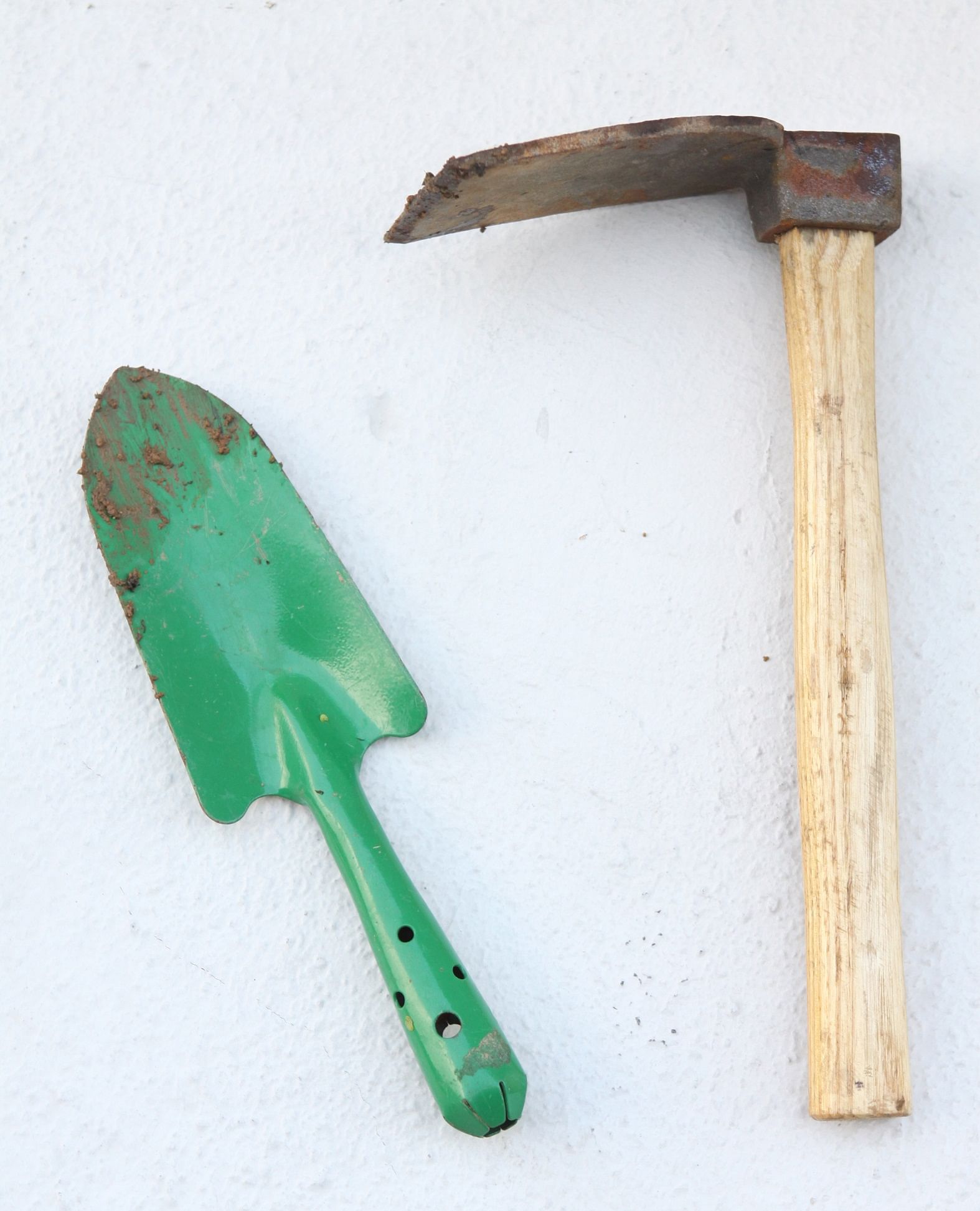With the organic food movement growing, urban farming is all the rage. From growing Thai basil to cherry tomatoes, an edible garden is a great way to have some greenery at home, teach children about plant life cycles and save some money with fresh vegetables on demand.
A basic starter kit involves a few pots or a planter box, seeds and soil.
It sounds simple enough, but inexperienced or first-time gardeners often worry about their lack of a green thumb.
Ms Cynthea Lam, founder of urban-gardening company Super Farmers, says most of her clients give up after just one failure. Her advice? "The key is to try again. Keep experimenting until you get it right. Plants are hardy living things and wish to survive as much as we do.
"Before you start on any project, do some basic research online, read up on what is needed or watch some videos to get inspired."
Here are some tips to consider before you get started.
FIND SOME SUNSHINE
It can be challenging finding a spot with the right amount of sunlight in high-rise apartments.
Edible plants need about four to six hours of direct sunlight, says Dr Wilson Wong, deputy director of horticulture and operations at the Singapore Botanic Gardens.
But homes are designed to stay cool and shaded.
In such cases, those keen on the hobby can use an artificial light - called a grow light - instead.
Depending on the make and size, such lights have different price points and can be bought at nurseries or online. But those lucky to have a sunny spot must be careful not to overexpose plants to too much sunlight or they will get fried in the heat.
If the plants are in an area that gets "unfiltered sunlight, especially from the afternoon sun", use a fabric to shield the plants from at least half of the sunlight, Ms Lam says.
SPACE ISSUES
If you do not have enough floor space to spare, there is a simple solution: Try hanging pots off the wall.
Online do-it-yourself and gardening websites have detailed guides on how to build a vertical wall that is sturdy enough to hang pots or create pocket planters. Check out home decorating magazine Country Living (www.countryliving.com) and e-magazine Architecture & Design (www.architecturendesign.net) for some inspiration.
CONSIDER YOUR LIFESTYLE
Edible gardens need a good deal of attention and lots of care. They need to be watered daily, pruned and checked for diseases and pests such as aphids and mealy bugs.
Garden maintenance also involves transplanting seedlings and growing new plants via vegetative propagation. You will also need to remove weeds and place stakes in the soil if you are growing climbers.
If you need confidence getting started, Dr Wong plumps for microgreens. These are seedlings of edible vegetables packed with nutrients and with complex flavour profiles.
You will need a shallow container, potting mix and suitable seeds like sunflower, broccoli and buckwheat. Dr Wong says: "These are quick to grow and harvest. Depending on the type of microgreens grown, one can start harvesting 10 days after sowing the seeds."
WHAT TO GROW
Once you have decided where to set up your garden, think about what you would like to grow. Despite the hot and humid weather, there are many options to choose from.
Dr Wong says that beginners can start with fruit vegetables such as long beans and brinjals.
Once you have some experience, try growing tropical plants such as pandan, curry leaves, lemongrass, cherry tomatoes and Thai basil. For easy leafy greens, opt for kangkong, kailan and chye sim.
Dr Wong says Mediterranean herbs and even the edible fig are "increasingly popular", but these require some know-how to grow well.

WHAT TO BUY
Ms Lam recommends a basic starter kit that includes a deep rectangular trough or pot about 45cm long and 20cm deep, with drainage holes punched into its bottom. Also get about 10 litres of potting soil and 10 litres of compost mix.
You will also need gardening tools such as a rake and a spade, gardening scissors and a watering can. If you do not want to get your hands dirty, invest in some gardening gloves too.
Growing edibles can cost as little as $10, depending on how many plants you want, and whether you are planting with seeds, says a spokesman for Far East Flora, which has a nursery in Thomson Road.
CARING TIPS
A garden will grow well if you tend to it right. But eager gardeners can make mistakes. The Far East Flora spokesman says gardeners who are keen to fertilise their plants often overdo it. Gardeners may think it will lead to faster growth, but this will likely kill the plants instead - it is akin to force-feeding the plant an excessive amount of food.
Organic fertilisers are always the preferred method, especially if you are eating from your garden. Compost is a good option for organic fertiliser, and can be made at home. Alternatively, organic fertilisers are available at nurseries here.
Overwatering can also be a problem. Ms Lam says newbie gardeners should touch the soil to feel if it is still damp from the previous watering. She also says that you can skip one watering session so as not to drown the plant.
Natasha Ann Zachariah


